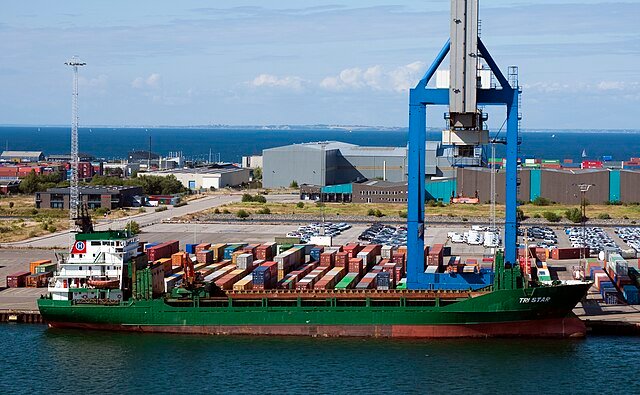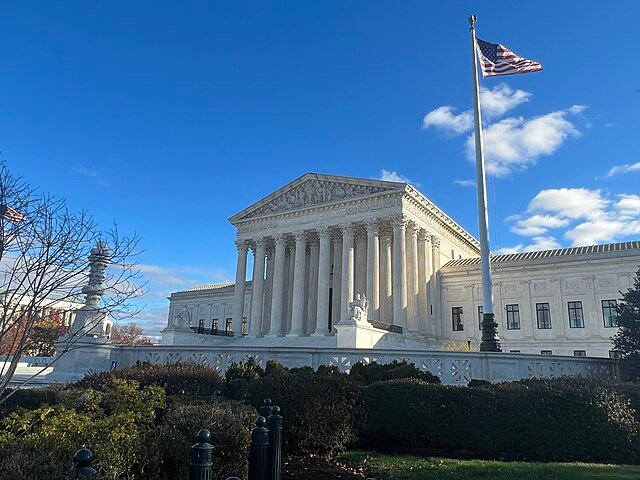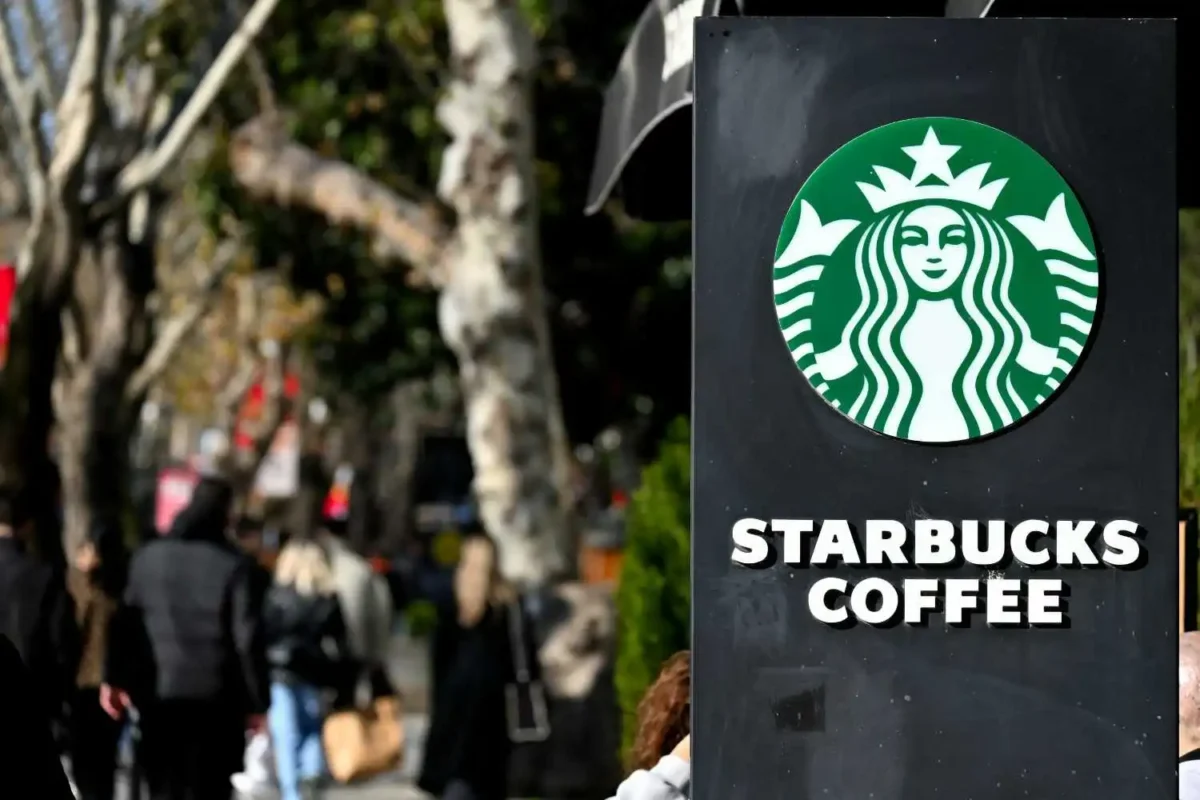The U.S. Supreme Court on Wednesday listened to contentions challenging former President Donald Trump’s use of broad tariff powers in a case that may reshape the balance between the presidential authority and Congress’s control over trade policy.
Several judges — including key members of the court’s traditionalist lion’s share — communicated skepticism around whether the White House had adequate lawful grounds to force clearing consequence tariffs. The Trump organization has protected the obligations as basic to revamping America’s manufacturing base and addressing trade imbalances.
Challenges to the Presidential Trade Powers
A fusion of little businesses and U.S. states brought the case, contending that the previous president exceeded his authority by utilizing tariffs as a financial crisis measure. They argue that the administration imposed these obligations on imports without clear authorization from Congress.
While the Supreme Court regularly takes months to issue major decisions, examiners anticipate a speedier choice due to the case’s critical financial implications. Many analysts view the debate as a major test of the Trump administration’s efforts to expand control over trade policy.
Sharp Questions from Preservationist Justices
Justice Amy Coney Barrett addressed the administration’s advocacy for forcing tariffs on a wide range of countries.
“And so it is your dispute that each nation is required to be tariffed because of dangers to the defense and mechanical base? I cruel, Spain? France?” She inquired during the hearing.
Billions of dollars in tariff installments are at stake. If the organization loses, the government might be required to discount a parcel of the income collected — a possibility Justice Barrett cautioned might end up “a total mess.”
The White House sent Treasury Secretary Scott Bessent, Commerce Secretary Howard Lutnick, and U.S. trade Agent Jamieson Greer to watch the hearing. Press Secretary Karoline Leavitt said the organization was “prepared with an Arrange B” in case the court rules against them.
Speaking afterward on Fox News, Trump said he accepted the contentions, that they went well, and portrayed the case as “one of the most critical in the history of our country.”
The Legitimate Premise: The IEEPA Law
The hearing centered on the International Emergency Economic Powers Act (IEEPA) — a 1977 law that permits presidents to direct trade amid national crises. Trump to begin by utilizing the act in February to force tariffs on products from China, Mexico, and Canada, citing medicine trafficking concerns.
In April, he extended the degree, setting 10%–50% tariffs on imports from a handful of nations. The organization contended that America’s huge trade shortage posed an “extraordinary and abnormal threat” to national security.

Solicitor General John Sauer, speaking to the organization, cautioned that upsetting Trump’s activities may expose the U.S. to “ruthless trade retaliation” and lead to “severe financial and security consequences.”
Constitutional and Financial Implications
Several judges voiced concern over how distant the presidential trade specialist might become if the court maintained the tariffs. Chief Justice John Roberts questioned whether the defense could be used to impose duties on “any item from any nation, in any amount, for any length of time.”
Justice Neil Gorsuch pondered what limits, if any, would stay on official control over trade.
“What would disallow Congress from basically abandoning all obligation to direct outside commerce?” he asked.
Under the structure, Congress holds the power to force charges. Faultfinders contend that Trump’s activities obscured the line between duties as an administrative apparatus and charges as an income degree — a qualification that a few judges showed up to discover problematic.
Justice Sonia Sotomayor is famous for saying, “You need to say that tariffs are not charges, but that’s precisely what they are.”
$90 Billion in Tariff Payments at Risk
According to Wells Fargo investigators, U.S. importers have already paid nearly $90 billion in tariffs — about half of all tariff revenue collected this year. That figure might rise strongly if the court delays its administration until mid-2025.
If the Supreme Court sides with the organization, it would topple three lower court decisions that found the duties illegal. If the court rules against Trump, the government might have to refund part of those payments, putting merchants and investors at risk.
Small Businesses Feeling the Strain
Outside the court, little commerce proprietors influenced by the tariffs assembled to watch the proceedings. Among them was Sarah Wells, originator of Sarah Wells Packs, which plans and imports items for working mothers.
Her company paid around $20,000 in unforeseen duties, constraining cutbacks, and supply chain changes.
“I think the judges caught on to the overextension beneath IEEPA,” she said. “It felt like they recognized the need to set clearer limits.”
Looking Ahead
The Supreme Court’s choice seems to rethink how much control U.S. presidents have over universal trade. Administering in Trump’s favor would essentially grow official control to enforce duties in the name of financial or national security. Administering against him seems to reaffirm Congress’s role and reshape America’s trade approaches for a long time to come.


